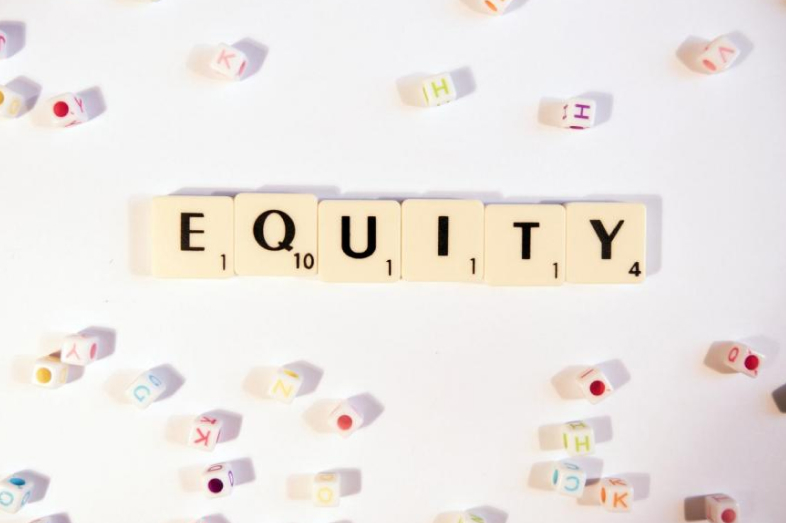
Equity in Education
Photo credit: Bigstock/digitalista

Photo credit: Bigstock/digitalista
Education is said to be the great equalizer. The modern U.S. school system was created in the 19th century with the intention of educating the masses — not just the privileged or religious elite. A public role for higher education, and systems for broadening access to it, was carved out over time, too — through the creation of land-grant colleges during and after the Civil War, the passage of the G.I. Bill after World War II, and the establishment of community colleges in the 1960s.
In theory, education promotes mobility by equipping all students with the knowledge, skills and competencies needed for gainful employment and civic engagement. But U.S. schools and colleges have, throughout history, done little to level the playing field, in some cases actually exacerbating inequality. The country struggles with stubborn gaps in educational attainment by income and by race. Just 11 percent of students from the lowest-income families secure a bachelor’s degree by age 24, compared with 58 percent of students from the highest-income families. Among white Americans age 25 or older, 44 percent have earned an associate’s degree or higher, compared with 29 percent and 21 percent of their Black and Latinx counterparts, respectively.
Notably, the U.S. Constitution does not guarantee children a right to an education; the authority for public schooling falls to the states. And state constitutions vary significantly in their K-12 and postsecondary provisions, with only some specifying funding levels and stipulating the provision of special education, for example.
Widespread and growing inequality is perhaps the biggest challenge facing U.S. education. Among the myriad disparities that exist within and across the education system: tracking; limited support for and discrimination against diverse learning needs; biases in discipline practices; varied academic approaches (e.g., standards and curricula); preferential admissions to certain students (e.g., legacies and athletes); and the role of standardized tests in admissions (including testing requirements; Advanced Placement participation and passage rates; and the correlation between higher incomes and higher scores).
Reporting on uneven educational access, quality and outcomes is critical because it helps to explain some of the country’s gravest economic and social challenges. Many of the factors contributing to educational inequality are actionable, underscoring the need for both investigative and solutions-oriented reporting on the topic. The complexity and far-reaching implications of equity in education, however, make it an especially difficult topic to cover. Reporters risk oversimplifying or altogether disregarding the underlying forces behind inequality, such as racism and poverty, and, in turn, misidentifying its solutions.
The following modules will help you explore resources and historical insights to help you effectively cover the systemic causes and effects of educational inequality.
Your post will be on the website shortly.
We will get back to you shortly